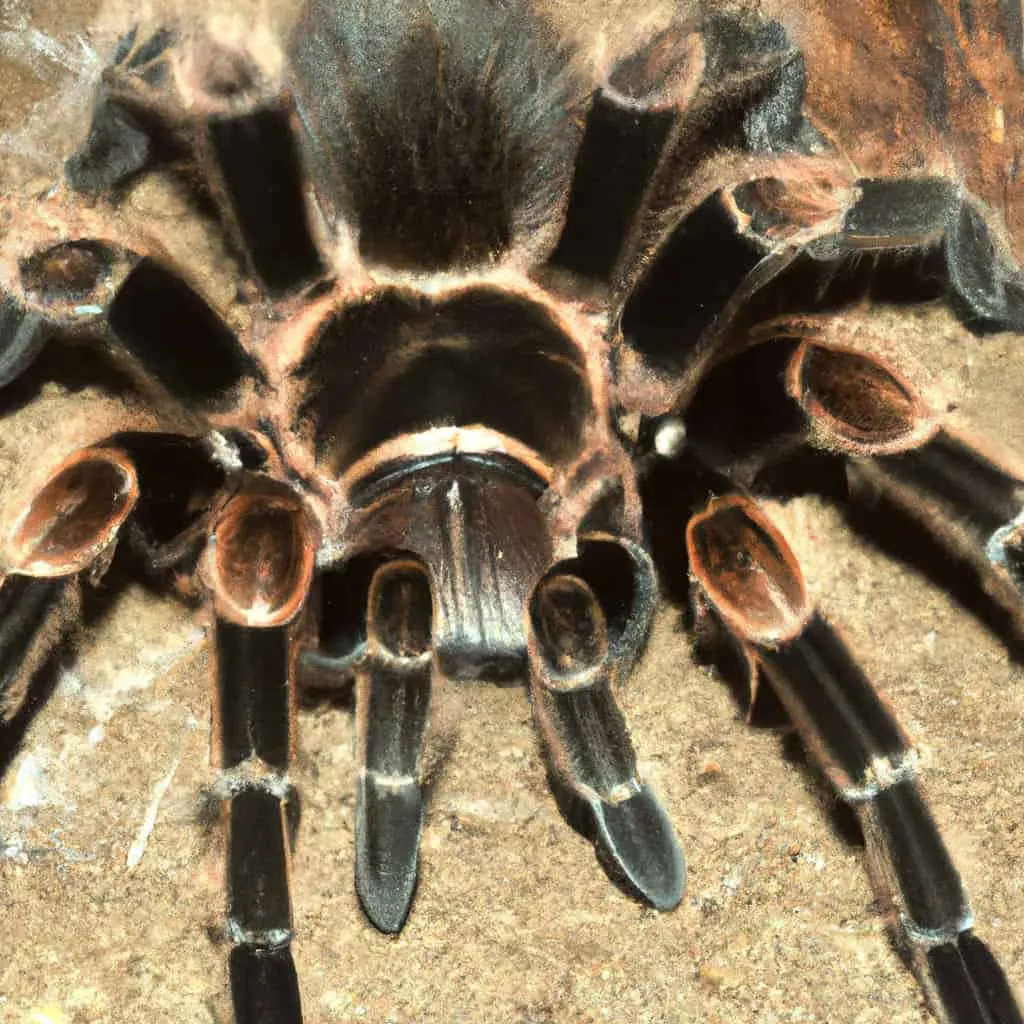What is Molting in Tarantulas
Molting, also known as ecdysis, is a fundamental biological process for tarantulas, similar to how snakes shed their skin. It’s essentially how a tarantula grows and replaces its exoskeleton. Tarantulas have an exoskeleton made of chitin, a tough, protective outer layer that doesn’t grow. As the tarantula grows, this exoskeleton becomes too small. The molting process allows the tarantula to shed its old exoskeleton and reveal a new, larger one, allowing for growth and the renewal of various body parts, including internal organs, the lining of the gut, and even the sensory hairs (setae) on their legs and body. This is a vulnerable time for the tarantula, as its new exoskeleton is soft and delicate until it hardens.
Understanding the Molting Process
The molting process is a complex and energy-intensive undertaking. It begins with the formation of a new exoskeleton beneath the old one. Special enzymes are secreted to separate the old exoskeleton from the tarantula’s body. The tarantula then absorbs fluids, causing its body to swell and split the old exoskeleton along specific lines, often on the carapace (the top part of the cephalothorax) and around the leg joints. The tarantula then wriggles out of its old exoskeleton, a process that can take anywhere from a few minutes to several hours, depending on the size and health of the tarantula. After molting, the tarantula is extremely vulnerable. Its new exoskeleton is soft and pliable, and the tarantula is unable to defend itself effectively. It will typically hide and remain still while the new exoskeleton hardens, which can take several days or even weeks.
How Often Do Spiderlings Molt
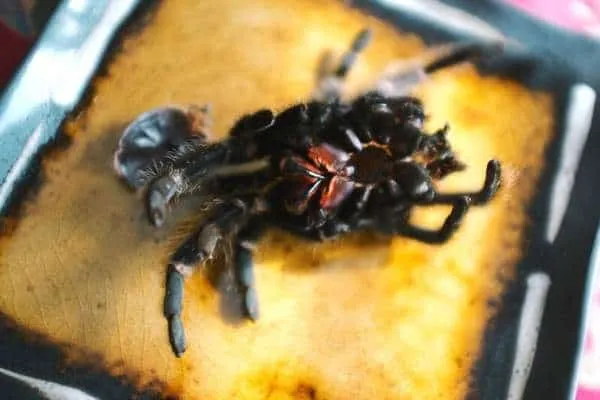
Spiderlings, or baby tarantulas, molt very frequently, often every few weeks or months. This rapid molting is necessary to accommodate their rapid growth. The frequency decreases as they grow older. During their first year, they might molt 5-8 times. It’s crucial to provide spiderlings with a suitable environment including proper humidity and temperature to support these frequent molts. It’s important for the new exoskeletons to harden properly, so you must take care of the spiderlings so they grow at an optimal pace. A healthy diet and adequate hydration are also essential during this stage, which will also influence their molting frequency. The environment should be clean and free from potential hazards to prevent injury to the soft body of the tarantula after molting.
Factors Affecting Molting Frequency
Several factors influence how often a tarantula molts. These include the tarantula’s age, species, environmental conditions, and overall health. A well-cared-for tarantula is more likely to molt successfully and regularly. A healthy diet and adequate water supply are essential. You should also consider the tarantula’s well-being. If it is stressed, it may have issues molting. You also want to monitor the environmental conditions of your tarantula, which includes temperature, humidity, and the size of the enclosure. These factors play a crucial role in the tarantula’s growth and well-being. Always strive to ensure that their habitat mirrors their natural habitat to encourage healthy molting cycles.
Age of the Tarantula
As tarantulas mature, the frequency of molting decreases significantly. Juvenile tarantulas molt much more often than adults. Older tarantulas may only molt once a year, or even less frequently. The frequency of molting is a key indicator of age and overall health. The closer a tarantula gets to its full adult size, the less often it will need to molt. This is because the growth rate slows considerably once they reach maturity. Adult male tarantulas, in particular, often molt less frequently as they approach the end of their lifespan. The exact molting frequency varies depending on the species and individual.
Species of the Tarantula
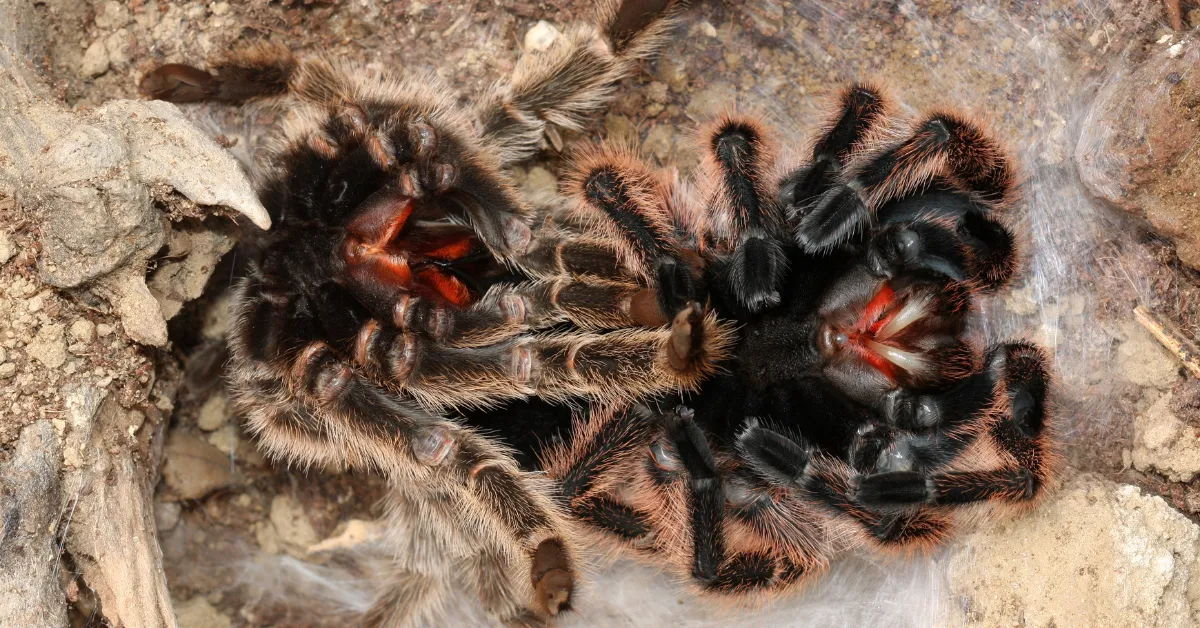
Different tarantula species have different molting patterns. Fast-growing species may molt more frequently than slower-growing ones. For instance, some tropical species might molt more often due to their faster metabolism and growth rates compared to terrestrial species that grow at a slower rate. Researching the specific needs of the species you own is essential to understanding its molting cycle. This includes understanding their natural habitat and how it influences their molting schedule. Knowing your tarantula’s species will allow you to prepare the correct environment and care to encourage successful and healthy molts. This is important for understanding and caring for the spider properly.
Environmental Conditions
The environmental conditions in your tarantula’s enclosure significantly affect molting frequency. Proper temperature and humidity levels are critical for successful molting. A dry environment can make molting difficult and can even be fatal. Proper humidity helps the old exoskeleton split and allows the tarantula to shed it easily. Maintaining the correct temperature range is also crucial. Temperature affects the tarantula’s metabolism and growth rate, thus affecting molting frequency. The size of the enclosure is also important. A cramped enclosure might stress the tarantula, potentially leading to molting problems. The environment should also be kept clean, with any uneaten food and waste removed to avoid bacteria and health issues.
How Often Do Adult Tarantulas Molt
Adult tarantulas, particularly adult males, molt much less frequently than juveniles. Adult males might molt only once a year, or even less often, while adult females often molt every one to two years. Molting frequency in adults can vary based on the species, environmental conditions, and overall health. Monitoring your tarantula’s behavior, such as decreased appetite and lethargy, can help you anticipate an upcoming molt. Be patient, and provide a stress-free environment to reduce stress. The adult molting process can be more complex and takes longer, so creating a conducive environment is essential for a healthy molt. Remember, molting is a natural part of the tarantula’s life cycle.
Recognizing Signs of an Upcoming Molt
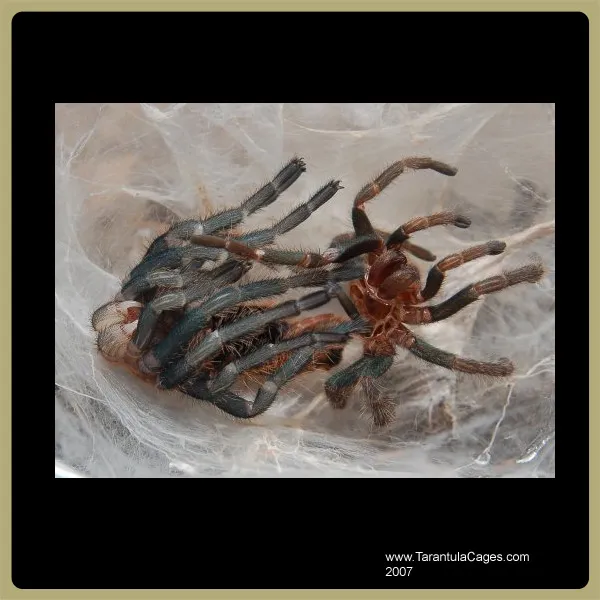
Several signs indicate an upcoming molt. These include decreased appetite, lethargy, and a change in behavior. The tarantula may also become less active and spend more time hiding. The abdomen may appear darker or more swollen as the new exoskeleton forms. You might notice the tarantula constructing a web mat or sealing itself in its burrow, a sign that it is preparing for the molt. The tarantula may also start to lose its setae (hairs) from its abdomen and legs. Understanding these signs will allow you to create a suitable environment for the molt. It is important to observe your tarantula regularly to recognize these changes to provide proper care. This is crucial for the tarantula’s well-being during this sensitive time.
Appearance and Behavior Changes
Changes in appearance and behavior are common indicators of an upcoming molt. The tarantula’s abdomen may appear darker and more swollen as the new exoskeleton forms. The old exoskeleton might look dull or faded. The tarantula’s behavior changes often involve lethargy, reduced appetite, and hiding. It may become less responsive to stimuli. The tarantula might also start constructing a web mat or sealing itself in its burrow to create a safe and secluded space for the molt. These behavioral shifts are all normal parts of the molting process, indicating the tarantula is preparing to shed its old exoskeleton. It is important to monitor and ensure that your tarantula’s enclosure is ready for the molt.
Proper Care During Molting
During a molt, it is important to provide a stress-free environment. Avoid disturbing the tarantula. Maintain the correct temperature and humidity levels. Do not feed the tarantula until its fangs have hardened, which may take several days or even weeks. Ensure the enclosure is clean and free from potential hazards. Provide a shallow water dish to allow the tarantula to drink if needed. If the tarantula flips onto its back, do not interfere unless there’s a clear problem, such as a failed molt. Observe from a distance and let the tarantula complete the process on its own. Proper care will increase the chances of a successful molt. The tarantula’s well-being is the most important factor.
Why is Molting Important
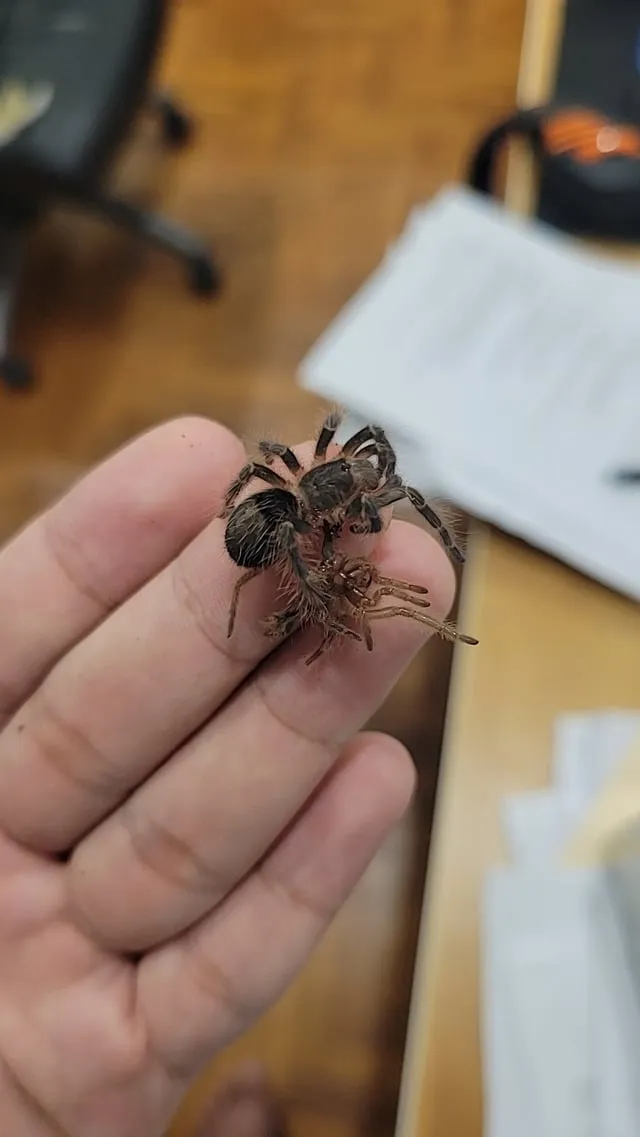
Molting is a vital process for tarantulas, allowing them to grow, replace damaged body parts, and rid themselves of parasites. The new exoskeleton provides a fresh, clean surface and allows the tarantula to increase in size. It also allows the tarantula to replace any lost limbs. The molting process is crucial for the tarantula’s overall health and longevity. Without molting, the tarantula would not be able to grow or maintain its health. Molting is a sign of a healthy and thriving tarantula. Understanding and respecting this process ensures the well-being of your tarantula.
What to Do If Your Tarantula Fails to Molt
Failed molts can be a serious issue, often resulting in death. This can occur when the tarantula gets stuck during the molting process or when the new exoskeleton does not harden properly. Providing a stress-free environment can help. If a failed molt occurs, consult with an experienced tarantula keeper or a veterinarian who specializes in exotic pets. Avoid trying to intervene yourself unless you have experience. Ensure the tarantula’s enclosure has correct temperature and humidity. Remove any potential hazards. Failed molts are often caused by improper care. It is essential to learn about the needs of your tarantula to prevent this from happening. Prevention through proper care is the best approach.
